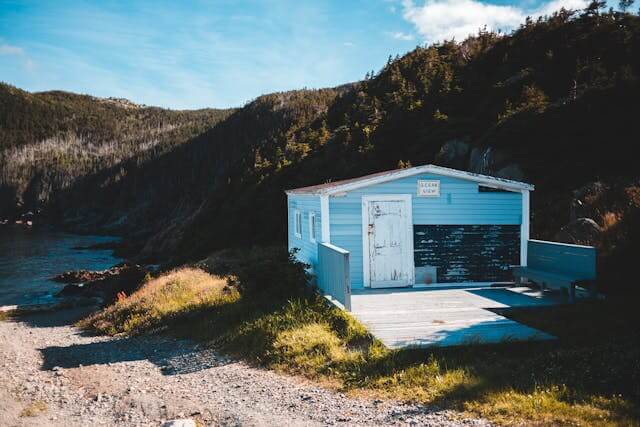Building a tiny house in Florida requires understanding the state's unique climate challenges and stringent building code requirements. Florida's combination of hurricane risks, high humidity, and intense heat demands construction approaches different from most other states.
Hurricane and Wind Requirements
Wind Zones: Florida divides into different wind zones with varying requirements. Coastal areas face the highest wind ratings requiring impact-rated windows, reinforced connections, and engineered construction. Even inland areas must meet minimum wind resistance standards. Your builder should understand the wind zone requirements for your specific location and build accordingly.
Impact Protection: Many coastal Florida counties require impact-rated windows and doors or storm shutters to protect against hurricane projectiles. Impact-rated products cost significantly more than standard windows but provide critical protection during storms. Some jurisdictions allow storm shutters as an alternative, though permanent impact protection adds more value and convenience.
Climate and Moisture Management
Florida's humid subtropical climate presents constant moisture challenges. Proper ventilation is essential to prevent mold and moisture damage. Homes need effective dehumidification, moisture-resistant materials in bathrooms and kitchens, proper vapor barriers, and adequate air circulation. Many Florida tiny houses benefit from whole-house dehumidifiers supplementing air conditioning.
Cooling Requirements: Florida summers demand efficient air conditioning sized appropriately for the space. Mini-split systems work well in tiny houses, providing efficient cooling with individual zone control. Proper insulation and air sealing make cooling systems more effective and affordable to operate. Consider energy efficiency carefully as cooling represents the largest utility expense in Florida.
Zoning and Code Compliance
Florida building requirements vary significantly by jurisdiction. Some counties allow tiny houses as ADUs on existing properties, others permit them in mobile home parks, and some have specific tiny house ordinances. Many areas require Florida Building Code compliance for permanent structures. Our Florida zoning guide provides detailed information by region.
Tiny houses on wheels may be classified as recreational vehicles or park models, each with different placement regulations. RV classification provides flexibility but may limit where you can live full-time. Park models meeting ANSI standards can be placed in some RV parks and campgrounds. Research your specific jurisdiction's requirements thoroughly before purchasing.
Delivery and Setup
Florida's flat terrain and good highway system make tiny house delivery relatively straightforward compared to mountainous states. Most builders charge $2.50 to $4 per mile for Florida delivery. Delivery from Central Florida to Miami runs approximately $1,000 to $1,500, while Pensacola to Key West could cost $3,000 to $4,500. Setup assistance typically includes positioning the home, leveling, and basic utility connection guidance.
